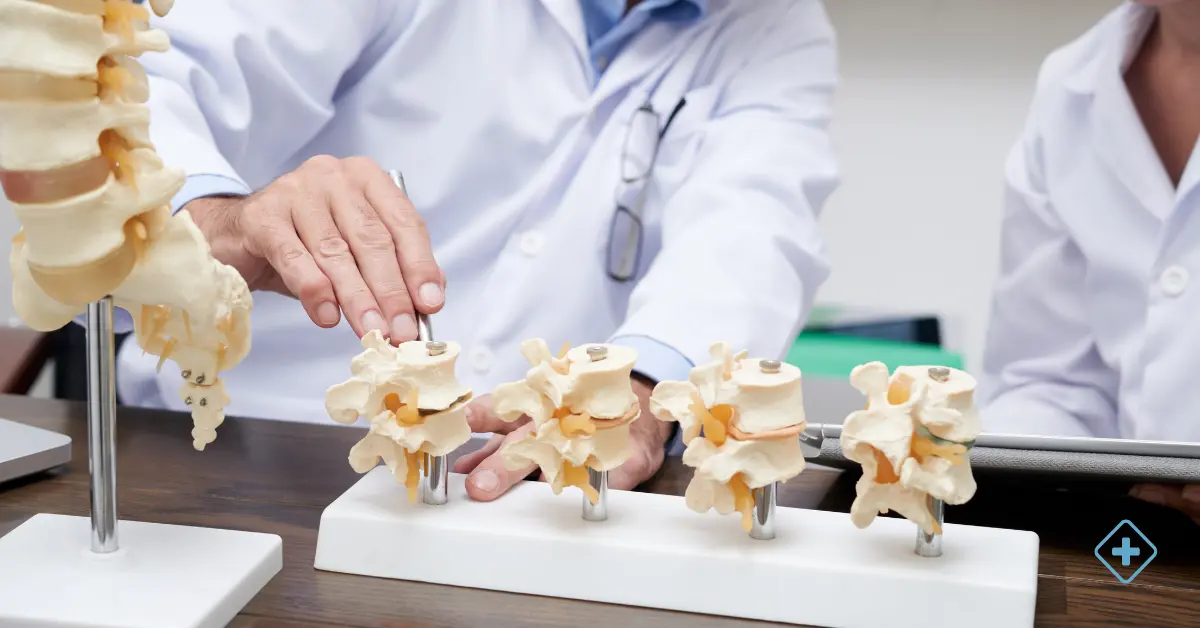
Brain Aneurysm
When there's a swelling or dilation in a blood vessel in the brain, a cerebral aneurysm occurs.

When there's a swelling or dilation in a blood vessel in the brain, a cerebral aneurysm occurs, this can cause disorientation or a tear and cause bleeding in the brain, sometimes they are usually as small as a cherry.
Tearing of a brain aneurysm can be created between the brain and the thin tissues that cover the brain. This type of accident is known as subarachnoid hemorrhage and must be treated immediately.
Most of the brain aneurysms don't generate health problems, tears, and don't present symptoms. Aneurysms can be detected by testing for other diseases.
Causes of the Cerebral Aneurysm
Commonly, an aneurysm appears in the brain, of every fifty people one gets to have it, however few ever cause any symptoms.They can develop when there is a weakened area on the wall of a blood vessel, at birth, or they can develop over the years.
Symptoms of the Cerebral Aneurysm
An unruptured aneurysm often doesn't show any signs or symptoms at first, over time they can grow, leak into the blood, or rupture.
The signs of an unruptured aneurysm that may occur are as follows:
-
Weakness, numbness
-
Chronic headache
-
Discomfort in the upper and back part of the eye
-
Fallen eyelid
-
Problems with eye movement
-
Trouble speaking
-
Dilated pupil
-
Blurred or double vision
Symptoms of a ruptured brain aneurysm:
-
Eyelid droop
-
Confusion
-
Seizures
-
Weakness, sudden numbness
-
Sudden and severe and unexpected headache
-
Discomfort in the upper and back part of the eye
-
Nausea and vomiting
-
Trouble walking or dizziness
-
Neck stiffness
-
Eye sensitivity to light
-
Drowsiness, loss of consciousness
-
Blurred or double vision
Risk factors of Cerebral Aneurysm
We group the following risk factors that increase the probability of suffering Cerebral aneurysm:
-
Drugs abuse
-
Genetic diseases
-
Diseases of the vascular system
-
Head injury
-
Central nervous system infections
-
Smoking
-
Circulatory disorders, such as arteriovenous malformations
-
Tumors
Diagnosis of Cerebral Aneurysm
A doctor, specialzed in Neurology, will be in charge of making a diagnosis based on a physical examination and will ask you a series of questions related to your symptoms, lifestyle, and medical history.
We have grouped some of the possible tests that could be done to confirm if you have a cerebral aneurysm:
-
Computed tomography (CT) is the most used test to diagnose if there is bleeding in the brain and knowing if there is a presence of an aneurysm
-
Analysis of the cerebrospinal fluid, in case of presenting symptoms of rupture of an aneurysm but a computed tomography test does not reflect evidence of bleeding, the doctor will request to analyze the cerebrospinal fluid
-
Magnetic resonance imaging, this test allows to evaluate the arteries in detail and detect if there is an aneurysm
-
Brain angiography, using x-ray images, it is possible to see the state of your arteries and identify if there is an aneurysm. This type of examination is invasive; it is used when other tests do not give you enough information
Imaging tests are usually not recommended to find brain aneurysms without rupture. However, the doctor will be in charge of supporting the best option, according to your situation.
Treatment of Cerebral Aneurysm
There are two standard treatment options:
-
Endovascular embolization treats abnormal blood vessels in the brain and body
-
Surgical stapling, the neurosurgeon removes a part of the skull to enter the aneurysm, locates the blood vessel that feeds it. After that, a surgical metal clip is placed on the neck of the aneurysm to stop the flow of blood reaching it
Both procedures have their risk. However, surgical stapling is a more invasive treatment.
Flow diverters
This procedure is more common to treat larger aneurysms; it is in charge of diverting blood flow, preventing it from reaching the aneurysm sac, thus, stimulating the body to heal the affected place.
Other treatments for aneurysm rupture
We group some of the possible treatments for the rupture of cerebral aneurysms; they are focused on alleviating the symptoms and controlling possible complications:
-
Use of pain relievers
-
Calcium channel blocking medications
-
Interventions to prevent strokes (intravenous injections, angioplasty. Medications such as vasodilator)
-
Seizure medications
-
Ventricular drainage
-
Heart bypass surgery
-
Rehabilitation therapy
Living with Cerebral Aneurysm
When the Neurosurgeon has diagnosed you with Cerebral Aneurysm, you can reduce the risk of it breaking, maintaining a healthy lifestyle. We group the following recommendations:
- Avoid stress
- Do regular and continued physical exercise
- Do not smoke
- Don't drink alcohol excessively
- Maintain a healthy weight
- Eat healthily
- Eat fruits and vegetables
¿When to see a doctor?
The neurosurgeon is responsible for treating this disease, depending on the type of angina you suffer and severity, treatment will be provided. A ruptured brain aneurysm is a medical emergency.
When an aneurysm is diagnosed, an ultrasound should be performed every so often, to control its possible growth.
If you have a persistent and severe headache that also has a seizure or loss of consciousness, call the emergency room in Los Cabos the number is +52 (624) 104 3911.
BlueNetHospitals - Hospital Los Cabos
BlueNet Hospitals.

Lower Back Pain
The treatment of lower back pain depends on the underlying cause and the severity of the pain and requires the intervention of a traumatology specialist or a neurosurgeon's diagnosis.
Lumbar Spinal Stenosis
Lumbar spinal stenosis occurs when there is a narrowing of the space within the spinal column.
Cerebral stroke
A stroke, is a medical condition that occurs when blood flow to the brain is suddenly interrupted.
Hydrocephalus
Causes, Symptoms, Diagnosis and Treatment. Schedule your Appointment Today.
- Do You Need an Appointment with a Specialist?
- call us
- write us
- let's talk





